#Princess Sophie of Prussia
Explore tagged Tumblr posts
Text

Princess Sophie of Prussia || Costarellos
5 notes
·
View notes
Text

Prince George Friedrich and Princess Sophie of Prussia Attend Wedding of Infanta Maria Francisca 7 October 2023 in Mafra, Portugal
#Princess Sophie of Prussia#House of Hohenzollern#royal#wedding guests#wedding#German nobility#monarchy
4 notes
·
View notes
Text

#emperor frederick iii#crown prince frederick#princess margaret of prussia#princess sophie of prussia#queen sophie of the hellenes#queen sophie of greece#german empire#german monarchy#imperial germany
11 notes
·
View notes
Text

9 September 2014 | Prince Georg Friedrich of Prussia and his wife, Princess Sophie of Prussia, attend a reception at the Berlin State Parliament building after Queen Margrethe II of Denmark opened an exhibition about the Vikings at Martin-Gropius-Bauon in Berlin, Germany. Queen Margrethe is in Berlin on a two-day visit, during which she will open an exhibition about the Vikings at Martin-Gropius-Bau. (c) Andreas Rentz/Getty Images
#Princess Sophie of Prussia#Prince Georg Friedrich of Prussia#Germany#2014#Andreas Rentz#Getty Images
1 note
·
View note
Text
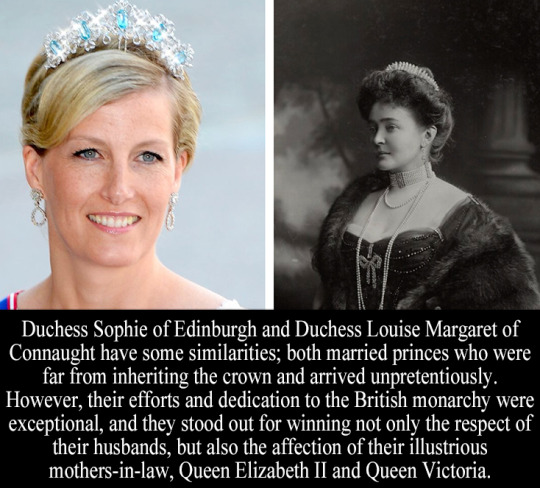
“Duchess Sophie of Edinburgh and Duchess Louise Margaret of Connaught have some similarities; both married princes who were far from inheriting the crown and arrived unpretentiously. However, their efforts and dedication to the British monarchy were exceptional, and they stood out for winning not only the respect of their husbands, but also the affection of their illustrious mothers-in-law, Queen Elizabeth II and Queen Victoria.” - Text & Image Submitted by cenacevedo15
63 notes
·
View notes
Note
prettiest royal woman iyo?
Queen Alexandra

Empress Maria Feodorovna

Grand Duchess Tatiana Nikolaevna
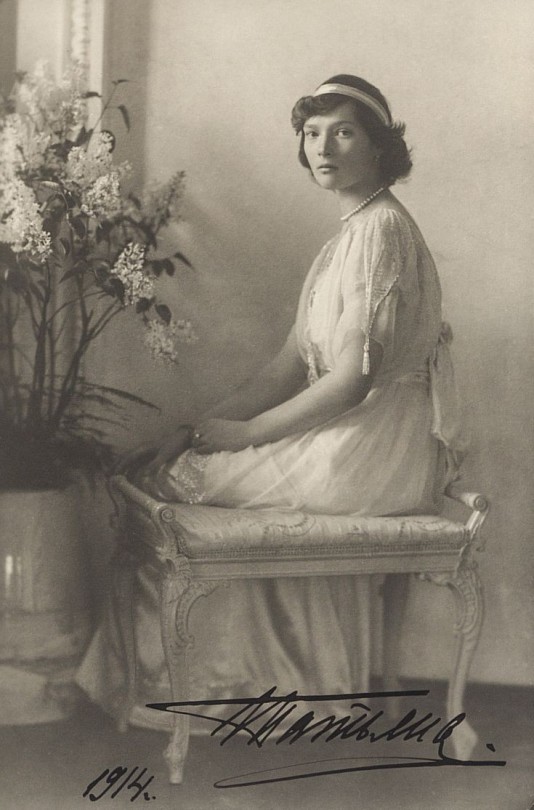
Empress Victoria of Germany
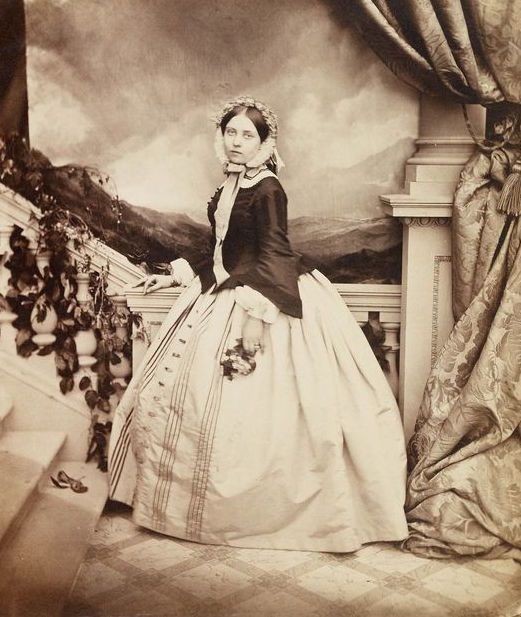
Queen Maud of Norway
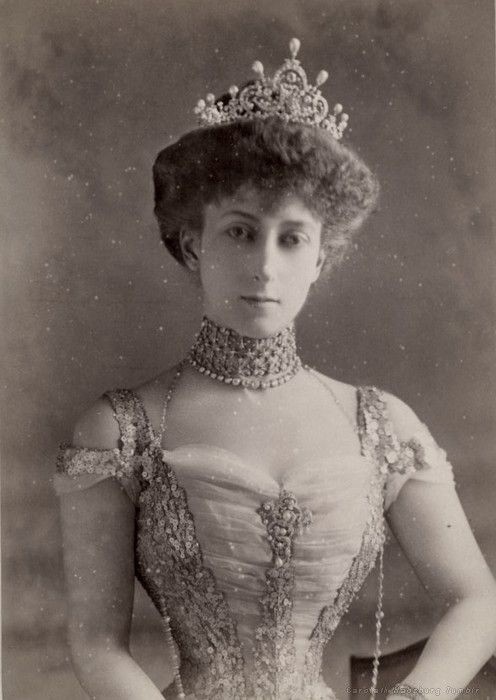
Grand Duchess Elisabeth Feodorovna
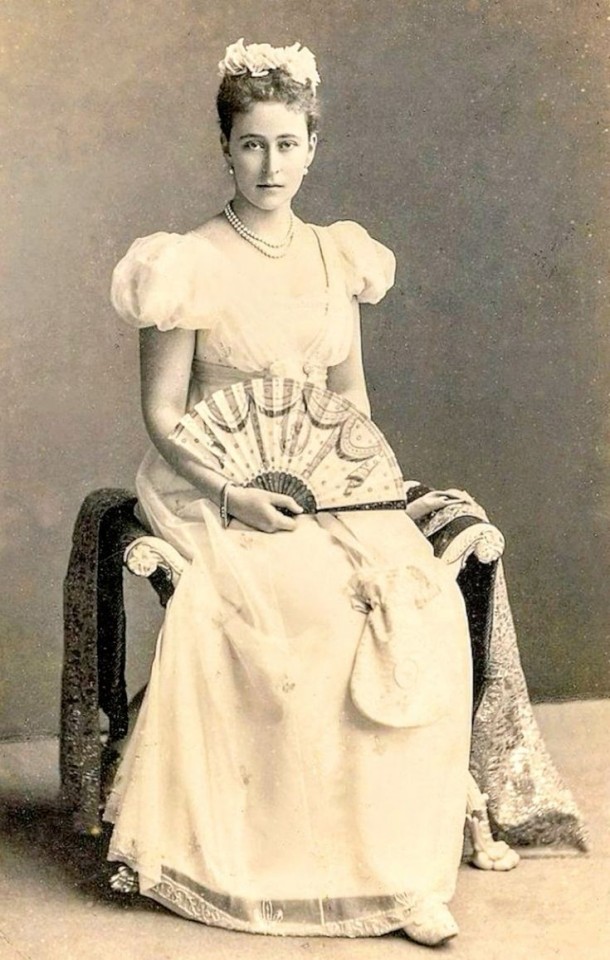
Queen Sophia of Greece
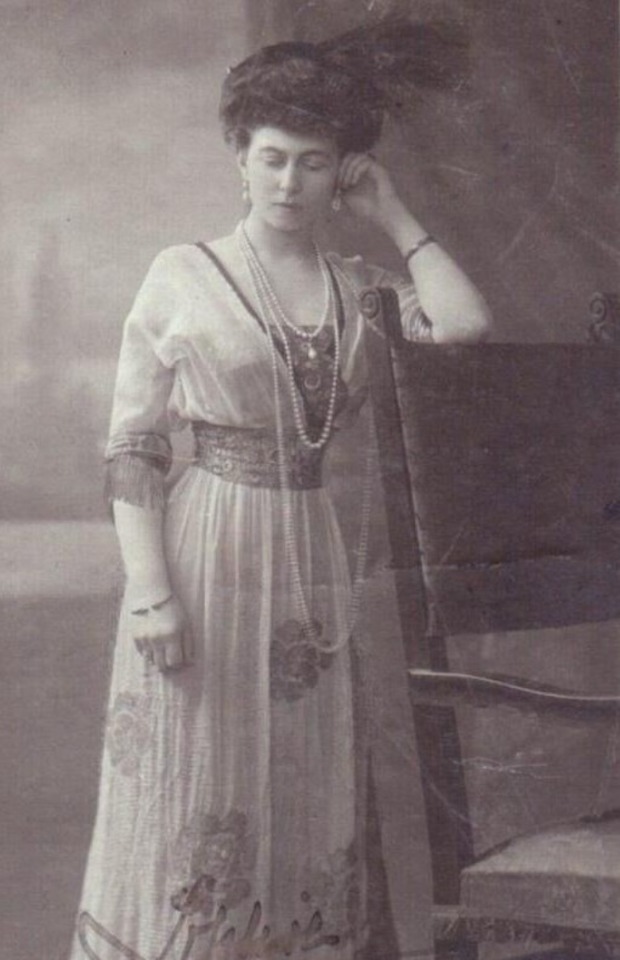
Queen Maria Sophie of the Two Siciles
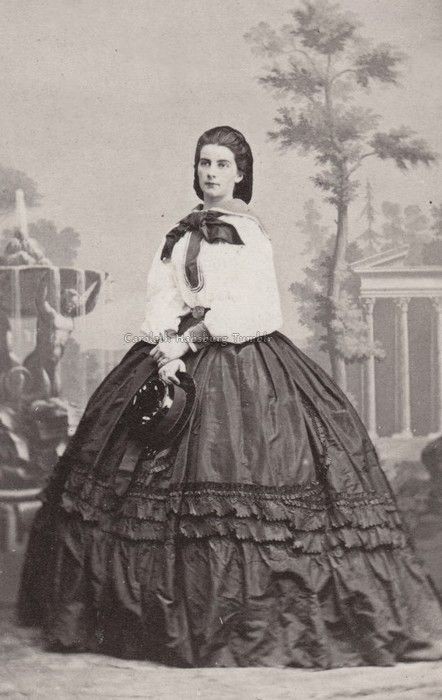
Princess Margaret
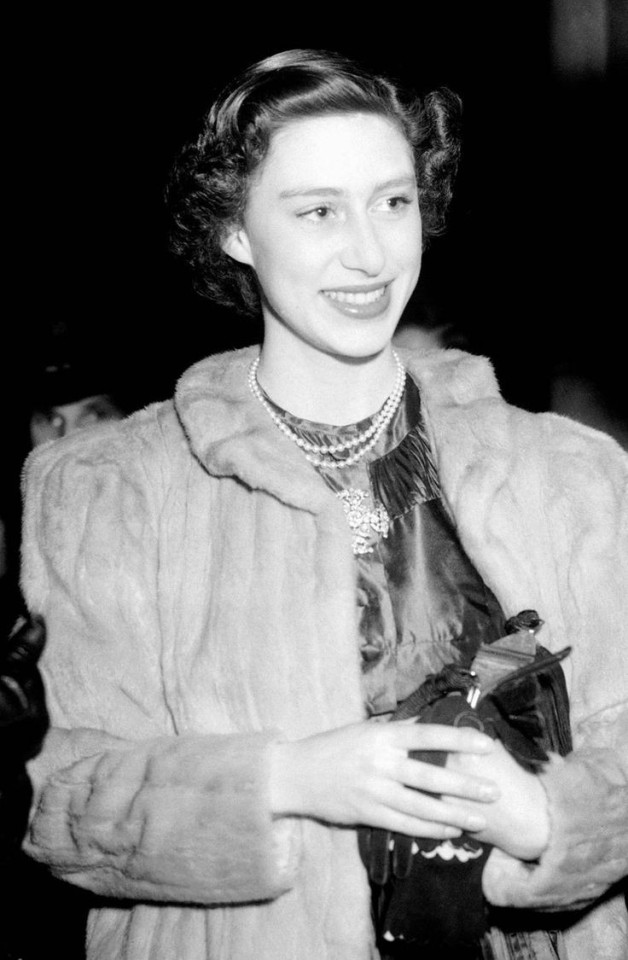
Princess Beatrice of Edinburgh, Duchess of Galliera.
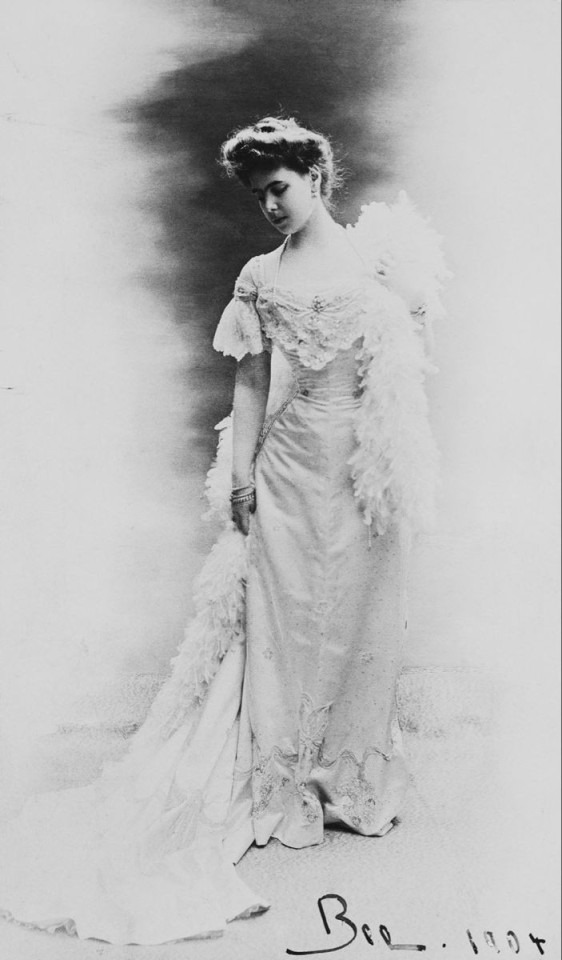
#answered ask#queen alexandra#alexandra of denmark#empress maria feodorovna#dagmar of denmark#grand duchess tatiana nikolaevna#victoria princess royal#empress victoria of germany#maud of wales#queen maud of norway#grand duchess elisabeth feodorovna#elisabeth of hesse#queen sophia of greece#princess sophia of prussia#queen marie sophie of the two sicilies#duchess marie sophie in bavaria#princess margaret#countess of snowdon#princess beatrice of edinburgh#duchess of galliera
17 notes
·
View notes
Photo
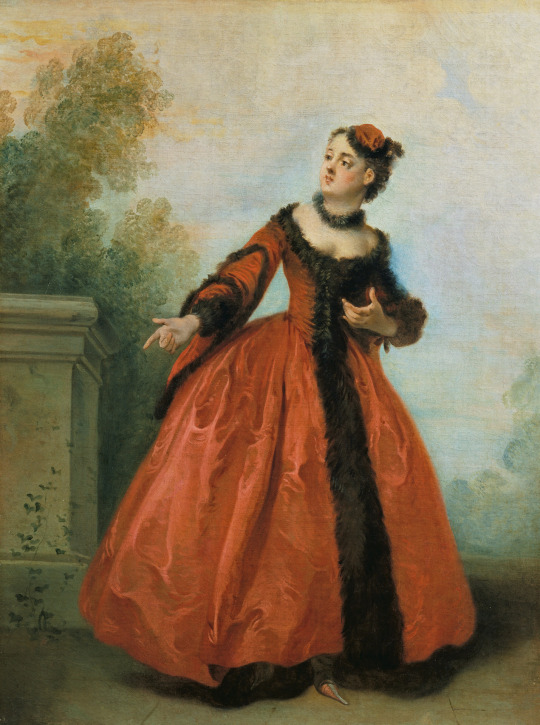

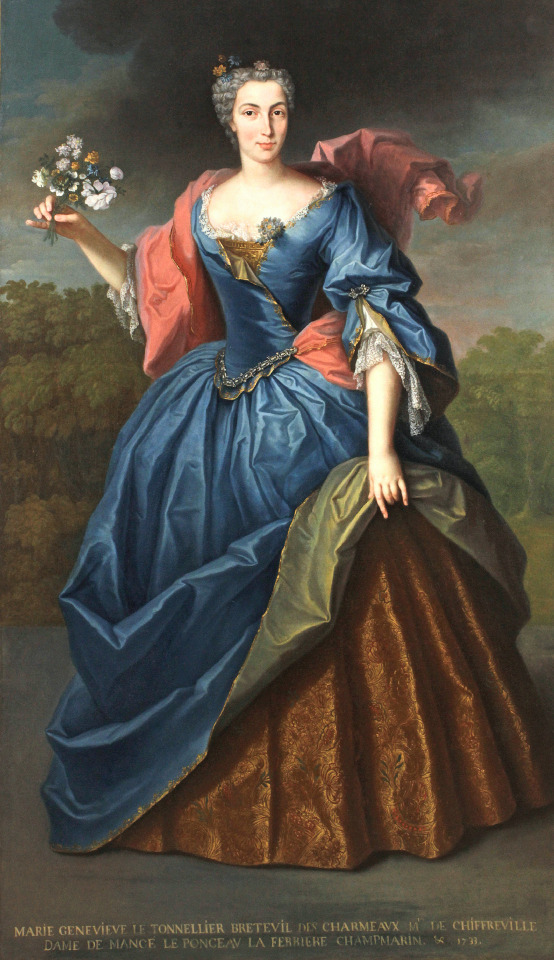

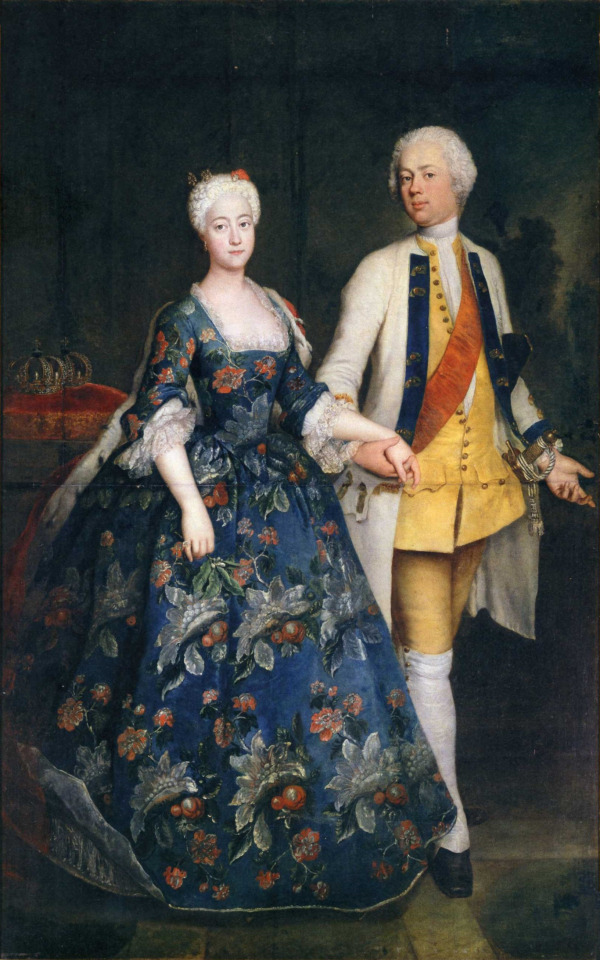

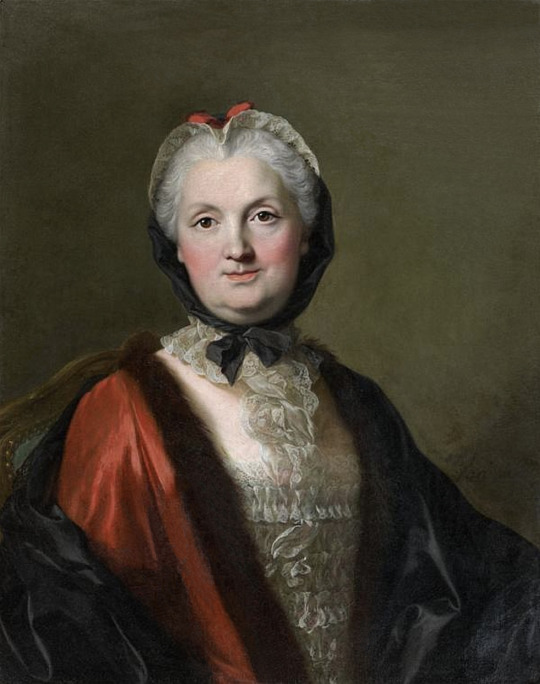
Early 1730s dresses and portraits (from top to bottom) -
ca. 1732 The Beautiful Greek (La Belle Grecque) by Nicolas Lancret (Wallace Collection - London, UK). From their Web site 1429X1960, The complex sleeves open at the top like they would in Russian court dresses a century later.
ca. 1732 Watson-Wentworth and Finch Families by Charles Philips (Yale Center for British Art, Yale University - New Haven, Connecticut, USA) persons. From Wikimedia 4902X3094. The décolletage-filling fichu would become prominent in the Louis XVI era, but just about every grown up woman wears one along with a fastened bodice, round skirt, and apron. The heads of every female are covered by a cap, veil, or hat.
1733 Marie-Geneviève le Tonnellier de Breteuil by French school (attributed to Alexis Simon Belle) (auctioned by Sala de Ventas).From invaluable.com/auction-lot/18th-century-french-school-alexis-simon-belle-a-646-c-2074af1b03 1940X3362.Round skirts flourish on both shores of the channel.
ca. 1730-1735 Lady by Joseph Highmore (National Gallery of Art - Washington, DC, USA). From their Web site 1148X1495. The cuffed outer sleeves are stuffed by under-sleeves and the dress lining has a very subdued pink contrasting with the gold color of the other layer.
1734 Princess Sophie Dorothea with Friedrich Wilhelm by Antoine Pesne (location ?). From Wikimedia1633X2611. Textiles with large patterns characterize the early 1700s. Her dress has a square neckline.suggesting French influence.
ca. 1734 Wilhelmine of Prussia, Margravine of Brandenburg-Bayreuth by Antoine Pesne (location ?). From Wikimedia 829X11221. The silver brocade over-bodice has a deep V neckline filled in with scoop neckline.
1734 Madame Marie du Tour Vuillard (1695- 1759), née Robin by Louis Michel Van Loo (Tajan - 12-12-12 auction Lot 37), From their Web site; fixed spots & flaws w Pshop 2487X3151.
#1730s fashion#Georgian fashion#Louis XV fashion#Rococo fashion.#The Beautiful Greek#Nicolas Lancret#fur-trimmed dress#Charles Philips#Marie-Geneviève le Tonnellier de Breteuil#Alexis Simon Belle#curly hair#tabbed bodice#Joseph Highmore#Princess Sophie Dorothea#Antoine Pesne#Wilhelmine of Prussia#Madame Marie du Tour Vuillard#Louis Michel Van Loo#wire cap#lace choker#fur trim
79 notes
·
View notes
Text










Royal Birthdays for today, January 23rd:
Louis III, Elector Palatine, 1378
Marie of Prussia, Margravine of Brandenburg-Bayreuth, 1579
Violante Beatrice of Bavaria, Grand Duchess of Tuscany, 1673
Ulrika Eleonora, Queen Regnant of Sweden, 1688
Sophie Antoinette of Brunswick-Wolfenbüttel, Duchess consort of Saxe-Coburg-Saalfeld, 1724
Purachatra Jayakara, Prince of Thailand, 1881
Charlotte, Grand Duchess of Luxembourg, 1896
May of Teck, Lady Abel Smith, 1906
Caroline, Princess of Hanover, 1957
Kesang Choden Wangchuck, Princess of Bhutan, 1982
#louis iii#ulrika eleonora of sweden#marie of prussia#Sophie Antoinette of Brunswick-Wolfenbüttel#grand duchess charlotte#princess caroline#Kesang Choden Wangchuck#Violante Beatrice of Bavaria#may of teck#Purachatra Jayakara#long live the queue#royal birthdays
6 notes
·
View notes
Text
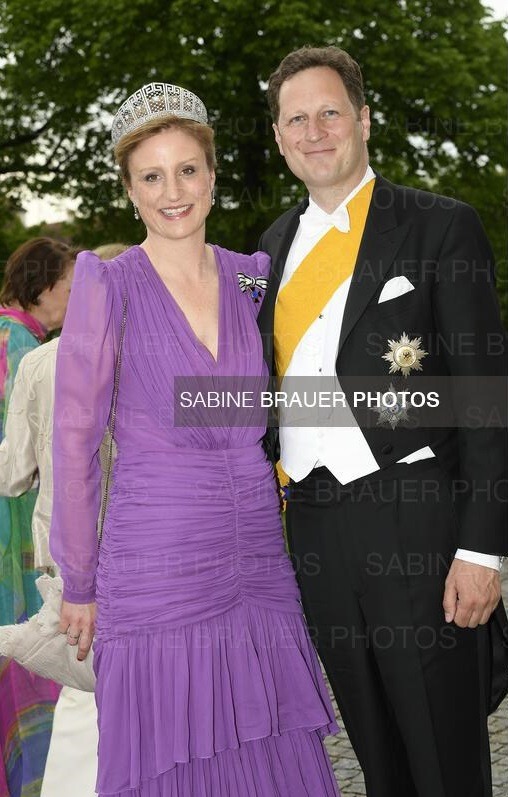
TIARA ALERT: Princess Sophie of Prussia wore Crown Princess Cecilie's Meander Tiara for the ball following the wedding of Prince Ludwig & Princess Sophie of Bavaria at Schleissheim Palace in Munich, Germany on 20 May 2023.
#Tiara Alert#Princess Sophie#Prussia#Prussian Royal Family#Germany#German Royalty#tiara#diamond#meander tiara#Koch
56 notes
·
View notes
Note
🍄: which royal would you go on a date with
I would go with Lady Diana Spencer for sure 100%✨
i already answered this question but i can gladly answer it again because i am in love with like all of the royal women!
Princess Charlotte of Prussia
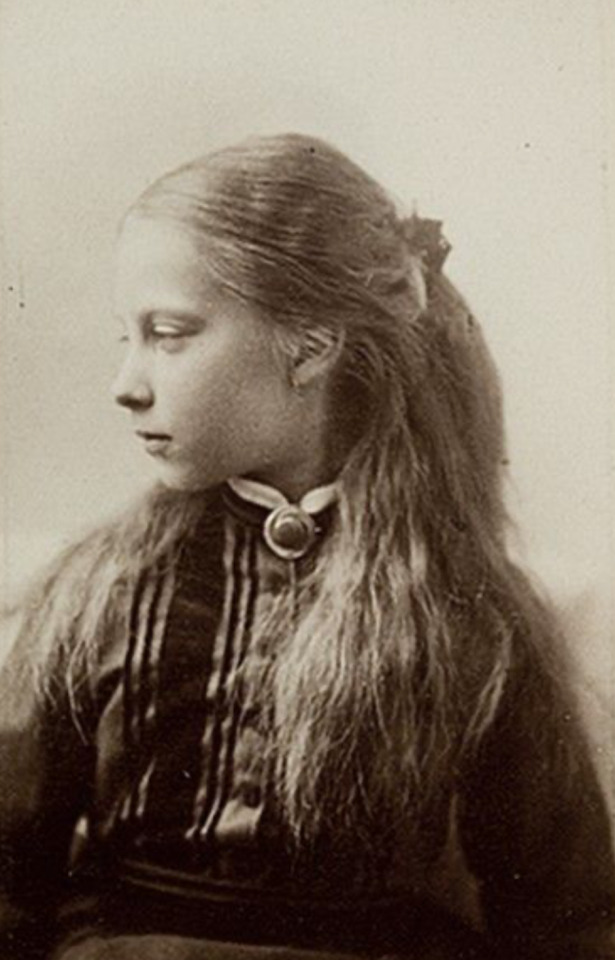
2. Queen Alexandra of Great Britain
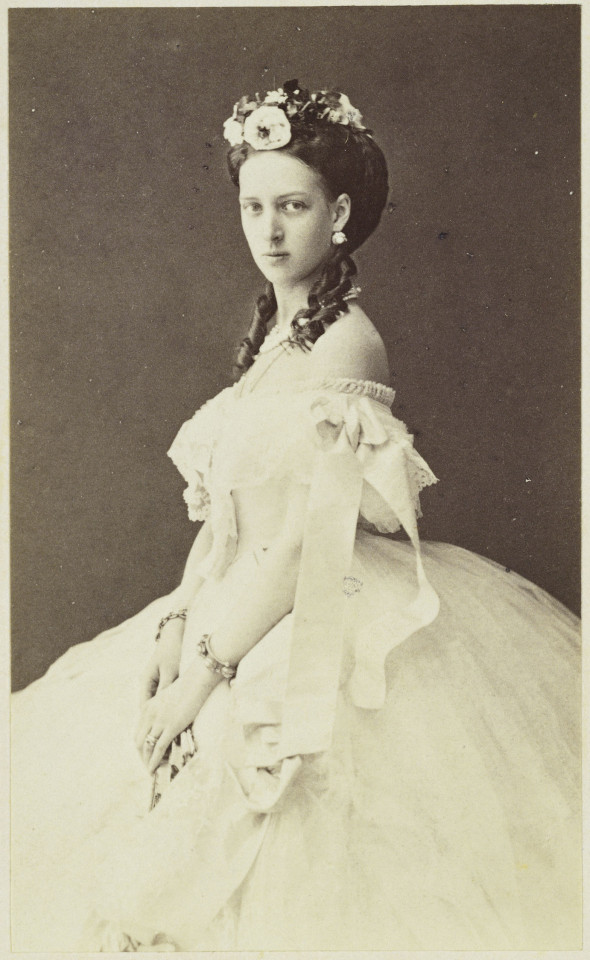
3. Princess Viktoria of Prussia

4. Princess Beatrice of Great Britain

5. Grand Duchess Xenia Alexandrovna of Russia

6. Duchess Mathilde Ludovika aka “Spatz” in Bavaria

7. Princesses Margarita, Theodora, Cecilie, and Sophie of Greece and Denmark
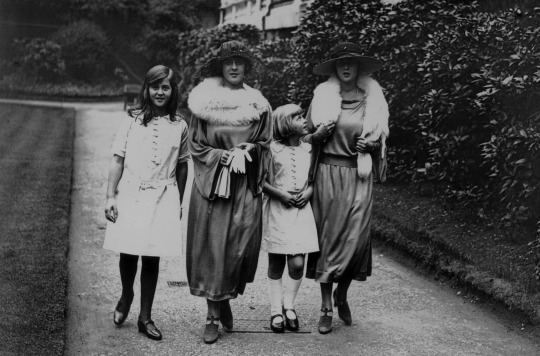
Feel free to ask me this question again because i have a lot more people in mind lol!
Thank you for asking!!!
#answered ask#princess charlotte of prussia#queen alexandra of the united kingdom#xenia alexandrovna#princess beatrice#Duchess Mathilde ludovika in Bavaria#princess margarita of greece and denmark#princess theodora of greece and denmark#princess cecilie of greece and denmark#cecilie of hesse#princess sophie of greece and denmark
13 notes
·
View notes
Photo

Catherine the Great
Catherine II of Russia (Catherine the Great) was empress regent of Russia from 1762-1796. She was born in Prussia to Prince Christian August of Anhalt-Zerbst (1690-1747) and Princess Johanna Elisabeth of Holstein-Gottorp (1712-1760), and although her family was noble, they were not wealthy. She married the future Russian Tsar, Peter of Holstein-Gottorp (1728-1762), in 1745 in St. Petersburg.
Peter was crowned Emperor Peter III of Russia in 1762, with Catherine becoming empress consort. However, Peter and Catherine's marriage and joint reign were not happy, and Catherine grew to hate all that Peter stood for. It was not long before Catherine began seeking support elsewhere and sought to overthrow Peter. With the Russian army's and her supporters' help, Peter was arrested and forced to sign an abdication form. He was assassinated a short time after, paving the way for Catherine to become the sole ruler of Russia.
Catherine was formally crowned empress regent on 22 September 1762, as Catherine II of Russia. During her lengthy reign, she transformed Russia's education system, the arts and the Russian economy and ushered in the age of the Russian Enlightenment.
Early Life
Catherine was born Sophie Friederike Auguste von Anhalt-Zerbst-Dornburg on 2 May 1729 in Stettin, Prussia (modern-day Szczecin, Poland), to Christian August, Prince of Anhalt-Zerbst and Princess Johanna Elisabeth of Holstein-Gottorp. She had two younger brothers and a younger sister. One of her younger brothers, Wilhem Christian, died at 12 from scarlet fever. Catherine was said to have had a closer relationship with her father than her mother.
Although they did not have much money, Catherine was educated by French tutors and a French governess, as was befitting a child of noble birth. Her governess, Elizabeth (Babet) Cardel, greatly influenced her, with Catherine referring to Elizabeth as the kind of governess that every child should have. Catherine was a happy child with a lot of energy. She played games with the local children and enjoyed taking command. Her childhood was relatively uneventful, with Catherine stating there was "nothing of interest in it."
Continue reading...
28 notes
·
View notes
Text

Princess Sophie of Prussia || Alessandra Rich
2 notes
·
View notes
Note
Do you wonder how different things would’ve been if Franz Joseph I was allowed by his mother to marry Archduchess Elisabeth of Austria (Alfonso XIII’s grandmother)?
Perhaps they would’ve had a son together who would’ve ruled after his father instead of Archduke Charles becoming becoming Karl I and maybe he could’ve even saved the monarchy from dissolving.
Hello! To be fair, there isn't really any evidence that Sophie didn't allow her son to marry Archduchess Elisabeth. Nor evidence of Franz Josef even being interested in her to begin with. The only woman we know for certain he tried to marry before meeting Sisi is Princess Anna of Prussia, who was entirely his choice. Despite what is usually portrayed in media, FJ was just never going to marry a woman he didn't like.
Personally I think Archduchess Elisabeth was simply never an option because she was a widow with a daughter, something no empress of Austria had ever been. That being said, let's assume she did marry FJ: I think the biggest difference would've been that there probably would've been a spare, as Elisabeth had six children with her second husband (of course, a different husband does changes everything). Could this hypothetical son(s) be able to keep the empire together? I don't know, it's not like Karl I's problem was that he wasn't the previous emperor's son. Archduchess Elisabeth may have also been a more conventional empress than Sisi, but I doubt this would've impacted much in the grand scheme of things.
Btw, fun fact about Sisi and Archduchess Elisabeth: they got pregnant around the same time twice, and both times Elisabeth had sons. Sisi seems to have felt pressured by this to also have sons, although she ended up "only" having daughters. Archduchess Sophie even commented this on a letter to one of her sons:
I recently asked Franzi, when he told me of Elisabeth's delivery [of a son], to prepare himself for a girl, and to prepare Sisi, of whom he told me that she was certainly expecting a son, properly for this.
Sophie was right in trying to lower the parent's expectations: about a month later, Sisi gave birth to Gisela.
Thank you for your question!
#asks#archduchess elisabeth franziska of austria#empress elisabeth of austria#franz josef i of austria#sophie of bavaria archduchess of austria
10 notes
·
View notes
Text

"Three children were born after me, Waldemar, Sophie and Margaret. Sophie is now Queen Sophia of Greece. She was always dignified and queenly, and I quite well remember how one of our first nurses used to say: “Mark my words, Sophie will be a queen one day.” Margaret, who is six years younger than myself, is the present Landgrafin of Hesse. remember the day when she was born and lying in her cradle -I wanted to take her into my bed.
My mother, with her many children, was always active and very busy. She was essentially a womanly woman, and was wholly devoted to her family. Her day began at seven. Every morning at that hour whether at the Palace in Berlin or at Potsdam, Sophie, Margaret and myself went to our parents’ rooms whilst they were having their cup of tea and toast in bed. Sometimes, seated on their bed, we used to entertain them with little rhymes we had learnt, one I remember being “John Gilpin”. My parents began their official duties before eight o’clock in the morning, and, as can well be imagined, my mother, as wife of a Crown Prince who afterwards became Emperor, had the day crowded with work of a formal and important character. But she never neglected her children. Every moment that she could spare away from the various duties which devolved upon her was spent with us. She carefully supervised and watched our upbringing both in the nursery and in the schoolroom. My mother being English, it was natural that our first nurse should be an Englishwoman. She was Mrs. (Georgina) Hobbs, who first went to Germany as a maid to my mother when she married. Afterwards she became chief nurse. She was a jolly buxom woman, and we were all very fond of her. Hobby, or Hobbsy, as she was called, taught us English, and our nurseries, I was told later, were arranged in English fashion, and modelled on the nurseries of Queen Victoria. Then we reached the years when lessons had to start, our days were very full. Lessons would begin at eight o'clock. At nine we all breakfasted together with our parents. The rest of the day would be portioned out, chiefly in lessons, or in exercise of one kind or another. According to the time of the year we had skating, swimming, or rowing; in addition to riding, gymnastics, dancing and tennis. We had a great many different teachers, all of course most carefully chosen, for both my parents were intent on giving us a very thorough education and spared no pains in getting us the best tuition possible.
My favourite governess was a Miss Byneg. I was greatly attached to her, and she was like a second mother to me, very kind and patient. I was a difficult pupil, far more interested in outdoor life and sport of every kind than in study. We were a natural jolly crowd of children, brought up simply but carefully, and our governesses and masters became our friends. We gave them pet names or nicknames, and they took it allin good part, and, I think, rather liked it. Miss Byng was “Minnie” to us. She petted me a great deal, and used to call me “Birdie”, and names of that kind. Our German foverness, Fratilein Poppe — soon known, of course, as Poppy — was great fun. We all got on very well with her. When lessons were finished and we went out riding with our riding master, Fraulein Poppe would usually accompany us. She was very musical and fond of singing. She it was who gave me my first singing lessons, teaching me delightful German nursery songs among others. I used to love “Als unser Mops ein Mépschen war, da konnt, er lustig sein” and “Und bald gras, ich am Neckar, bald gras, ich am Rhein.” My brother Henry, a few years older than myself, used to come along to the schoolroom and join us in our singing lessons. They were some of the most enjoyable lessons we had. “Aile Végel sind schon da, aile Vogel aile” and “Bienchen sum, sum, herum” were great favourites with us all".
Princess Victoria of Prussia "My Memoirs"
16 notes
·
View notes
Text
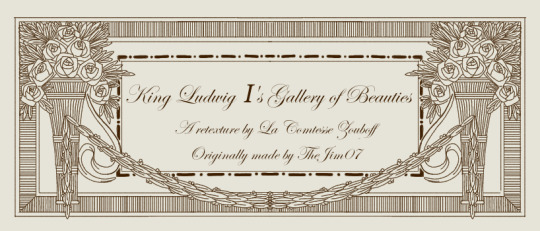
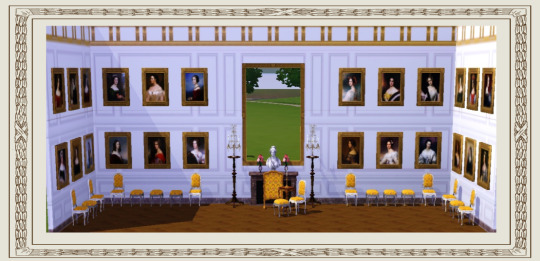
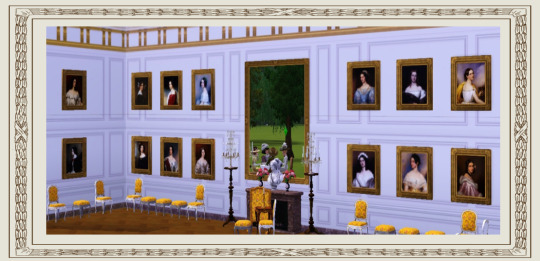
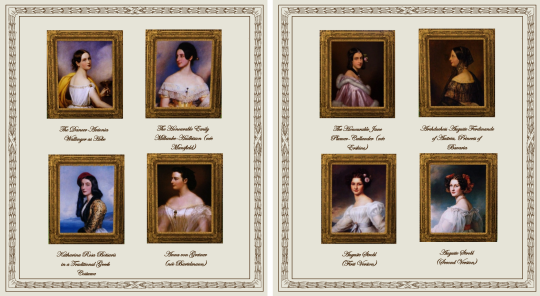


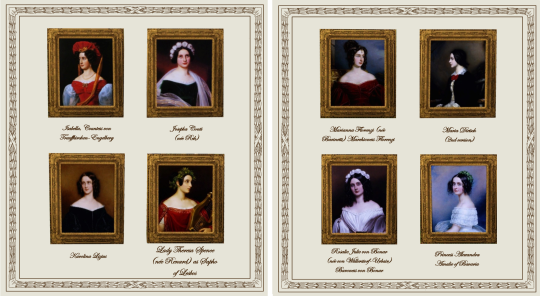
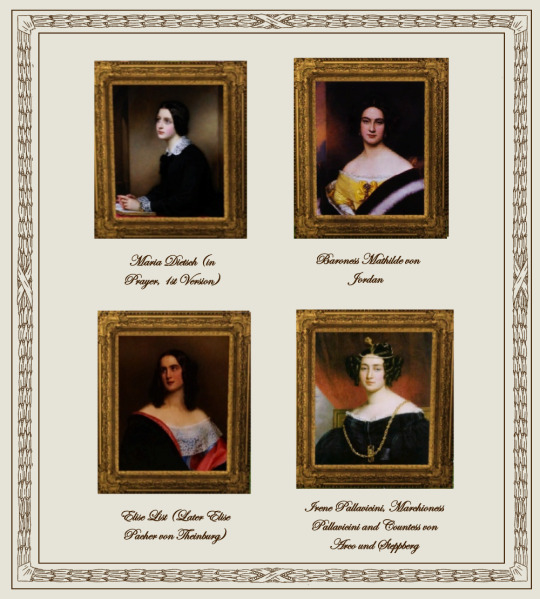

King Ludwig Ist's Gallery of Beauties.
A retexture by La Comtesse Zouboff — Original Mesh by @thejim07
The Gallery of Beauties (Schönheitengalerie) is a collection of 38 small portraits of the most beautiful women from the nobility and middle classes of Munich, Germany painted between 1827 and 1850 (mostly by Karl Joseph Stieler, appointed court painter in 1820) and gathered by Ludwig I of Bavaria in the south pavilion of Nymphenburg Palace in Munich. Two additional ones were created by Friedrick Drück and one portrait was stolen in the XXth century and remains missing.
The set includes all the 38 portraits, with the original frame swatches, fully recolorable. The portraits are of:
Friederike von Gumppenberg (later Baroness von Gumppenberg).
Amalia von Schintling.
Amalie Maximilianovna von Krüdener (née von Lerchenfeld) Baroness von Krüdener.
Anna Hillmayer.
Anna von Greiner (née Bartelmann)
Antonietta Cornelia Vetterlein.
Archduchess Auguste Ferdinande of Austria, Princess of Bavaria.
Auguste Strobl (first version).
Auguste Strobl (second version).
Baroness Mathilde von Jordan.
Carlotta von Boos zu Waldeck (née von Breidbach-Bürresheim) Baroness von Breidbach-Bürresheim.
Caroline Maximiliana Maria von Holnstein (née von Spiering) Countess von Holnstein aus Bayern
Elise List (later Elise Pacher von Theinburg
Eliza Rosanna James (née Gilbert), Known ss Lola Montez.
Helene Kreszenz Sedlmayr.
Irene Pallavicini, Marchioness Pallavicini and Countess von Arco un Steppberg.
Isabella, Countess von Traufkirchen-Engelberg.
Jane Elizabeth Digby, Later Baroness von Venningen.
Josepha Conti (née Reh).
Karolina Lizius.
Katharina Rosa Botsaris in a Traditional Greek Costume.
Lady Theresa Spence (née Renard) as Sapho of Lesbos.
Maria Dietsch (In prayer, first version).
Maria Dietsch (second version).
Marianna Florenzi (née Bacinetti) Marchioness Florenzi.
Marie Friederike Franziska Hedwig of Prussia, Crown Princess of Bavaria.
Maximiliane Borzaga.
Nanette von Kaulla.
Princess Alexandra Amalie of Bavaria.
Caroline von Oettingen-Wallerstein (later Countess von Waldbott-Bassenheim.
Regina Daxenberger.
Rosalie Julie von Bonar (née von Wüllerstorf-Urbair) Baroness von Bonar.
Sophie Friederike Dorothea Wilhemine, Archduchess of Austria (née Princess of Bavaria).
The Actress Charlotte von Hagn-Schwab as Thekla in Schiller's "Wallenstein".
The Actress Friederica Katharina "Willhemine" Sulzer.
The Dancer Antonia Wallinger as Hebe.
The Honourable Emily Mikbanke-Huskisson (née Mansfield)
The Honourable Jane Plumer-Callander (née Erskine)
Found under decor > paintings for 540§
Retextured from the "Portrait of Balsasarre Castiglione" found here
-------------------------------------------------------
CC shown here:
Wall paneling, mirror, girandole and floor by @thejim07
Fireplace by @hydrangeachainsaw
Chairs, stools, flower vases, bust, table, fireplace screen and candelabra by @joojconverts
Torchere by @martassimsbookcc
(Btw excuse my sims' reflection having tea)

Drive
(Sims3Pack | Package)
(Useful tags below)
@joojconverts @ts3history @ts3historicalccfinds @deniisu-sims @katsujiiccfinds
-------------------------------------------------------
#the sims 3#ts3#sims 3 cc#portrait#s3cc#sims 3#sims 3 download#sims 3 decor#joseph karl stieler#Munich#germany#nymphenburg#wall decor
94 notes
·
View notes
Text

Princess Victoria Luise of Prussia
Sophie Koner
Sophie Koner, née Schäffer (13 July 1855, London - 1 June 1929, Berlin) was a German portrait painter.
Her first painting lessons were in Paris, with Carolus-Duran. Back in Berlin, she took lessons from Max Koner, who was very popular in high society as a portrait painter. She eventually became his private student. They were married in 1886.
They painted several portraits of each other. Encouraged by Max, she exhibited one of him at the Academy of Arts in 1888. Between 1893 and 1920, she participated in numerous exhibitions there. In 1896, she was awarded a gold medal at the Große Berliner Kunstausstellung.
By the 1890s, Max was receiving so many commissions for portraits that she became discreetly employed in finishing them; adding some of the clothing and backgrounds. Following his sudden death at the age of forty-six, she began to specialize in portraits of children, to express her own personal talents. She was adept at entertaining small children while they were posing, so that even large families could be portrayed with little fuss. Her work also includes a handful of landscapes.
She died at the age of seventy-three, and was interred next to Max at the Friedhöfe vor dem Halleschen Tor [de] in the Kreuzberg district. Neither grave has been preserved.
the #sighthound#bulletin
#greyhound#borzoi#art#historyofart#sighthoundmuseum#greyhounds#greyhoundart#greyhoundlovers#greyhound art#music art#youtube
37 notes
·
View notes